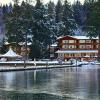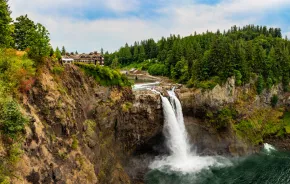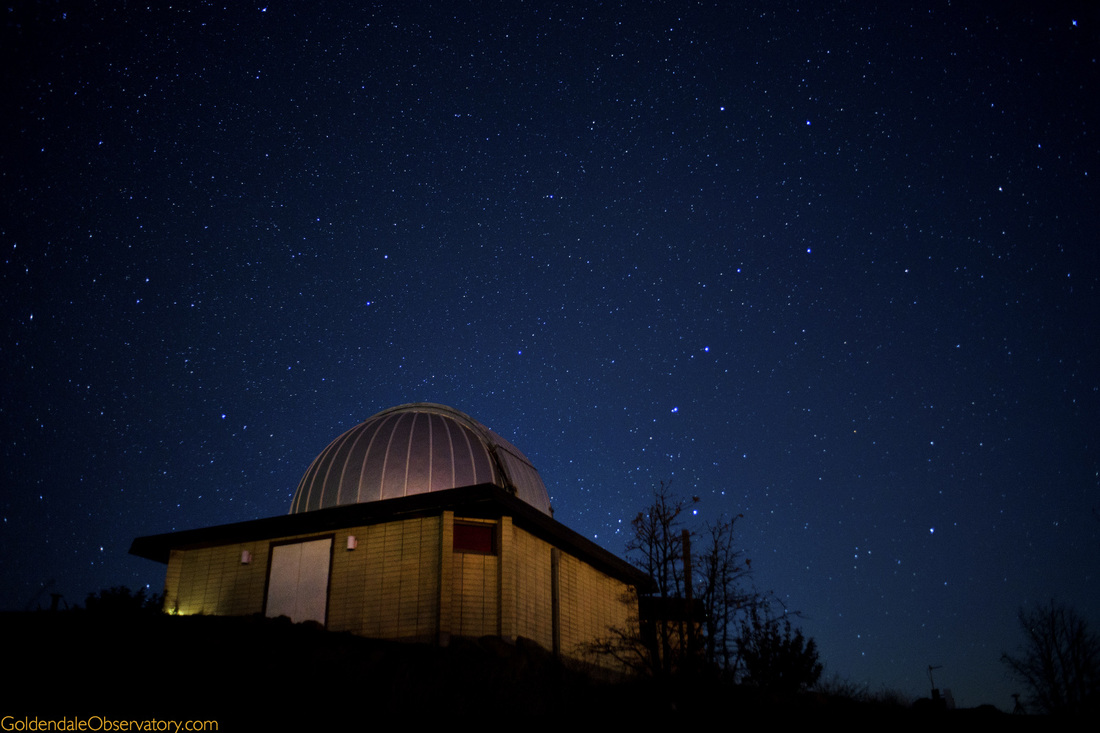
On a map, Klickitat County — located about 3.5 hours southeast of Seattle, on the Columbia River — looks empty. But big dreamers have made this rural county a great family destination, with a standout observatory in Goldendale, a world-class art museum in Maryhill and full-size replica of England’s most famous monument. It's a perfect late-summer or fall getaway for families.
Goldendale Observatory: America's biggest public telescope
Note: The main telescope at Goldendale Observatory is currently disabled and won't be available again until mid-August 2016, at the earliest.
The first introduction to the magic of Klickitat is an enormous telescope housed in Goldendale. The telescope had its start in Vancouver, Washington, where four amateur astronomers decided to build their own telescope for public use.
They used a Ford Model A motor to grind donated glass into a mirror, built a telescope to house it, and worked with Goldendale to build the observatory. Now a state park, Goldendale Observatory has several telescopes, including a 152-millimeter solar telescope, two 14-inch reflecting telescopes, and the original 24.5-inch reflector — America’s biggest public telescope. A designated Dark Sky Park with 300-plus clear nights, Goldendale offers views of the Milky Way, constellations, meteors and satellites unavailable in bright city skies.

Daytime visitors can tour the observatory, look through the solar telescope at a sun so filtered that it glows a harmless red, attend solar presentations showing live video, or view far-off hillsides through a portable 14-inch telescope. Children sometimes try hands-on activities, such as holding glass gas-filled tubes that glow in the presence of electricity. (Think lightsaber!)
At night, park rangers point out constellations, bright stars, or satellites flashing as they pass overhead. Visitors take turns peering through the big telescope at sights like Saturn, the Ring Nebula, Double-Double system, and the Great Cluster in Hercules (all visible this summer). No matter your age, you’ll leave Goldendale Observatory starry-eyed with wonder.
Details: Goldendale Observatory is currently open Wednesday–Sunday 1–11:30 p.m., with solar presentations at 2 p.m., 4 p.m. and 6 p.m., as well as an evening presentation at 8:30 p.m. Last entry is at 9:30 p.m. If you’re staying nearby, check into your lodging before the evening presentation, which can run until 11:30 p.m. Admission is free, but parking requires a Discover Pass (available for purchase at the observatory). Wear warm clothes, even in the summer, as the open observatory gets chilly at night. (My 7-year-old had to warm up in the heated bathroom a few times.) Schedules change with the seasons, so check opening hours and weather at goldendaleobservatory.com before your visit.
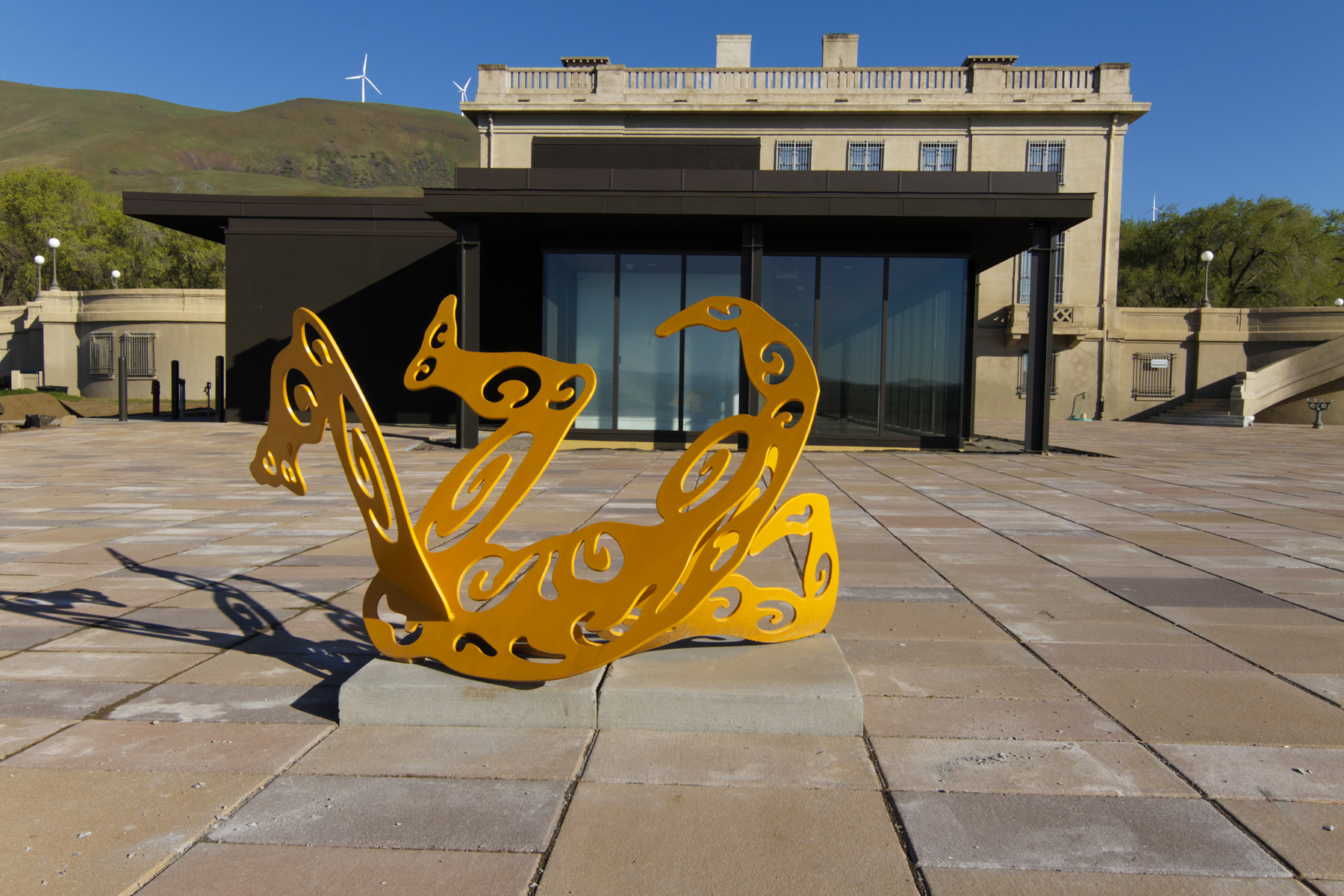
Maryhill Museum of Art: A wealth of Rodin
About 14 miles away from the Goldendale Observatory, located on a bluff overlooking the Columbia Gorge, the Maryhill Museum of Art houses a world-class collection of sculptures, paintings, costumes and chess sets. The building was originally intended to be a mansion, but railroad baron Sam Hill took the advice of his friend Loïe Fuller and turned it into an art museum. It was Fuller, a modern dancer living in Paris, who arranged for Hill to acquire much of the museum’s collection, including the works of Auguste Rodin.
Maryhill owns more than 80 works by Rodin, including bronzes, plaster models, sketches and watercolors. The most recognizable is a small model of The Thinker, inscribed by Rodin as a gift to Loïe Fuller. Ask if your children notice what’s missing, since Rodin removed one of The Thinker’s feet to see how it would look. You can find individual feet on display across the room, along with studies of other body parts, showing how Rodin worked to portray emotion with every piece of sculpture.
Other highlights include a head from the Burghers of Calais; a life-sized plaster Eve from the Gates of Hell, still marked with penciled X’s used with measuring instruments; and a charming statue of embracing children that the young Rodin made when he had to support himself with sentimental art. A display about lost wax casting explains the process of creating sculpture from start to finish.

The museum offers other treasures for families. My oldest daughter loved the small mannequins modeling 1940s designer costumes, located upstairs. My 7-year-old daughter was entranced by the golden gown once worn by Queen Marie of Romania, displayed on the main floor. Downstairs, a large exhibit showcases Native American life, with baskets, clothing, tools, and photographs from various geographic regions.
A collection of international chess sets has pieces that look like English royalty, Indian soldiers, or rounded shells. Children can play chess themselves on a large-scale floorboard in the Education Center. Outside, families can roam through the sculpture garden or follow garden trails to learn about Lewis and Clark. There’s also a family activity room on the top floor of the museum, and a cafe for hungry visitors.
Details: Admission is $9 for adults and $3 for children ages 7-18, or $25 for a family admission.

Stonehenge Memorial
Three miles east of the Maryhill Museum you’ll find the biggest artwork of all: Stonehenge. The full-sized concrete replica was built as a World War I memorial by Sam Hill, the founder of the Maryhill Museum. Though Stonehenge Memorial is a monument, not a museum exhibit, the museum employees can answer questions about it and give handwritten Xeroxed driving directions to curious tourists. Unlike the original Stonehenge, which tourists must usually admire from a distance, Stonehenge Memorial is open for exploration. My children worked out all their museum wiggles as they ran between the stones, dug in the gravel, and perched on the replica “altar stone.”
Details: Stonehenge is open daily from 7 a.m. to dusk, and admission is free.
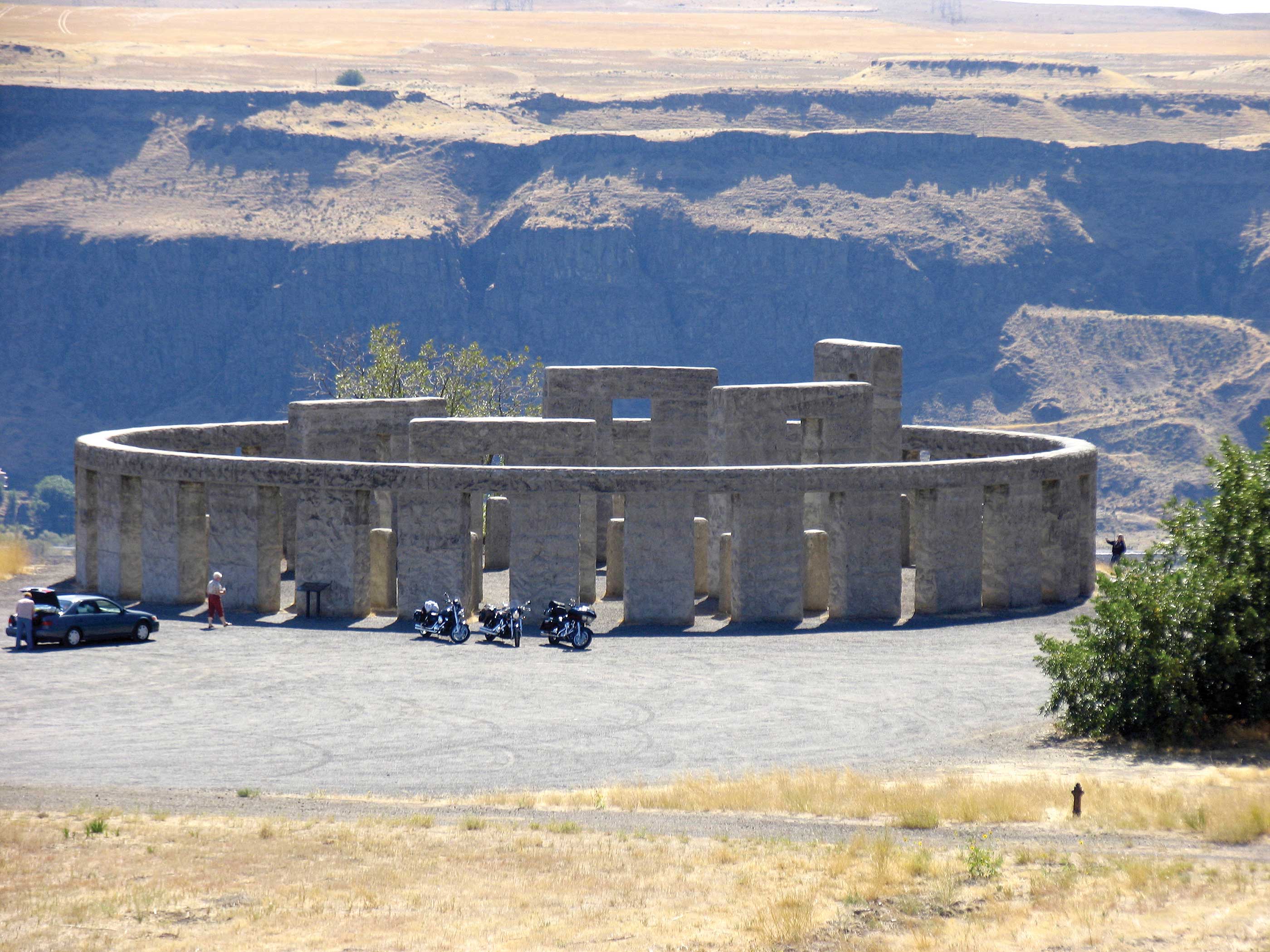
Eat and stay in Goldendale/Maryhill
Goldendale has several food choices, including fast food, Mexican, and family-style, or the more upscale Glass Onion. You might also enjoy picnicking at a park along the Columbia River with view of Mt. Hood. Several Goldendale motels have family accommodations, such as the Ponderosa Motel, whose three family suites each have an extra bedroom. You can camp at Brooks Memorial or Maryhill State Parks, but check reviews before you book: some visitors enjoy these parks, but some visitors complain of crowding and highway noise.







